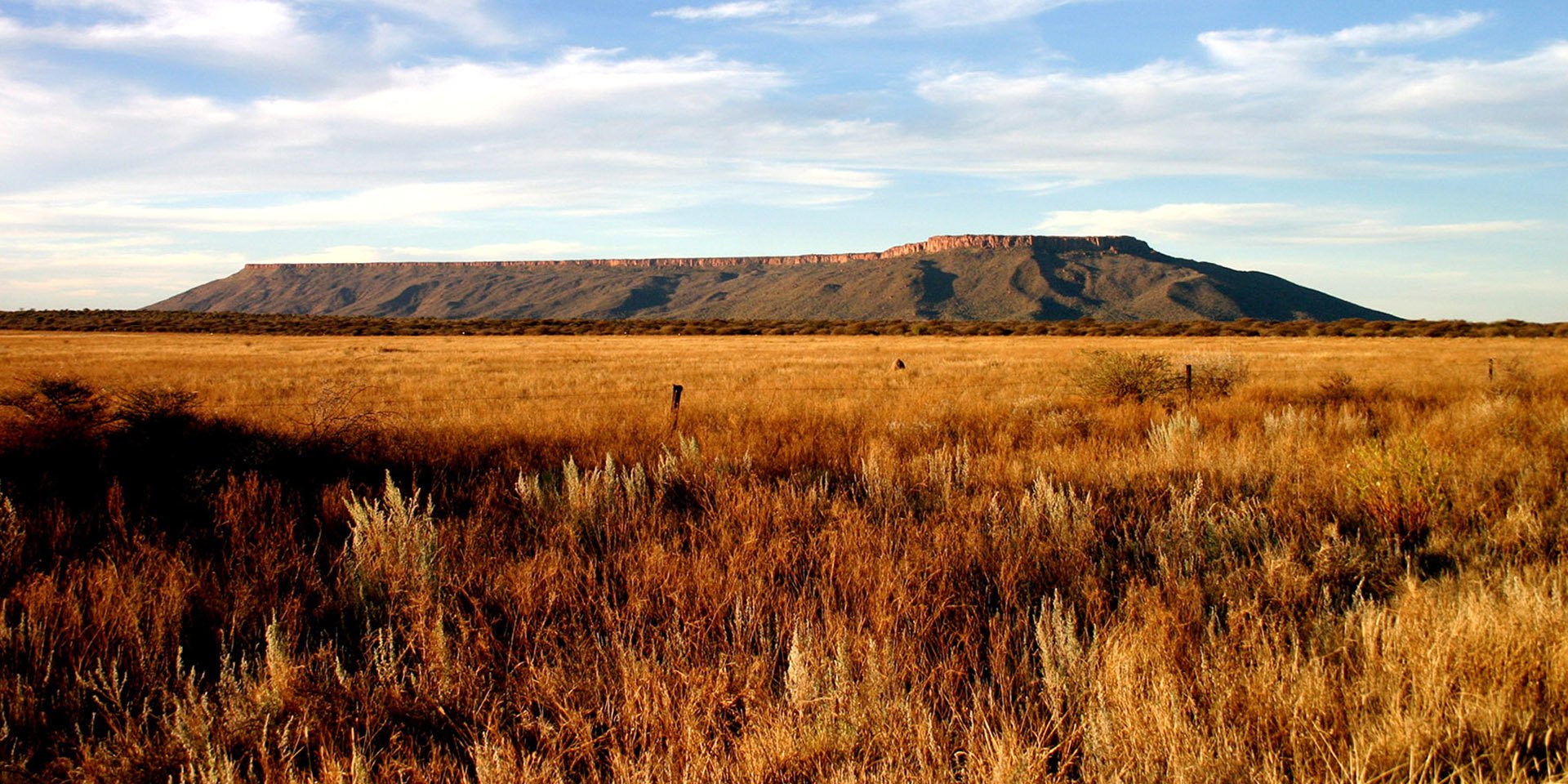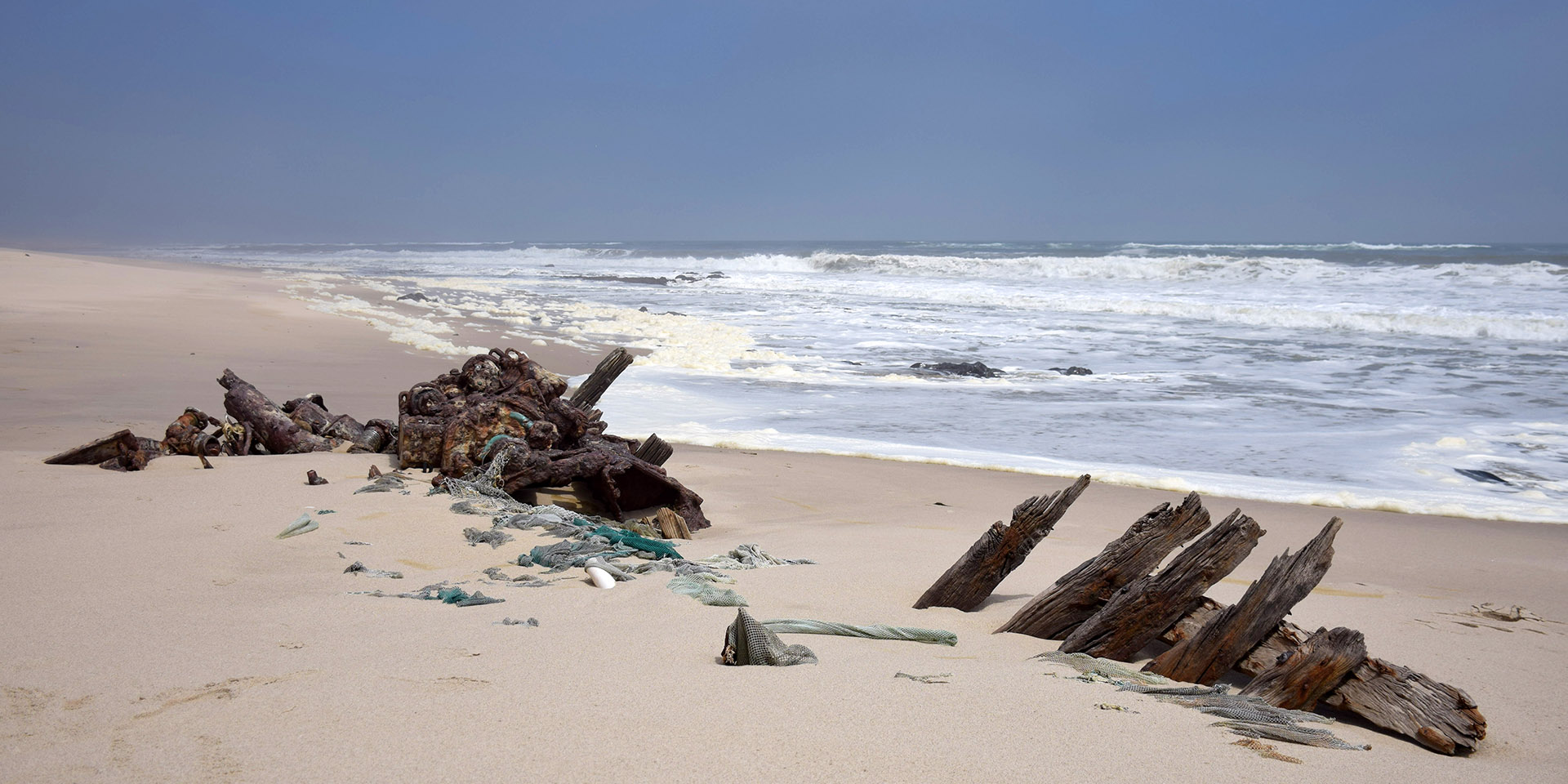Relish the waterworlds of the Mudumu and Nkasa Rupara. Water, a precious resource in the arid country of Namibia, is abundant in these two national parks that are nestled in the north-eastern corner of the country where the Zambezi region reaches into the heart of Africa.
Kwando, Kwando, Kwando
Nkasa Rupara (or Nkasa Lupala, as it is also known) is nestled into the ‘V’ formed by the Kwando River at the tip of the Zambezi region, and Mudumu is north-west of it, is edged by the river on its western side. The river forms part of the Kwando-Linyanti-Chobe river system, which rises in the central highlands of Angola and spreads out into channels and swamps near Mudumu and Nkasa Rupara, where it is called the Linyanti Swamps. It continues as the Linyanti River, flowing through seasonal Lake Liambesi and becoming the Chobe River.
 © Gondwana Collection
© Gondwana Collection
Savour the spirit of the Zambezi
This is where people glide over the water in their mekoros (dug-out canoes) like beings from another realm, where singing and laughter can be heard from nearby African villages and where the sound of swamp boubous rings through the air with the gurgling calls of coucals. When night falls the peaceful chuckling sounds of hippos emanate from the waterways and owls hoot from lofty trees.
Rivers, floodplains, swamps
The water wilderness of Mudumu and Nkasa Rupara national parks is a tapestry of floodplains, lagoons, lakes, islands, channels and swamps.
%20web.jpg?width=850&height=463&name=LambertHeil_NatureLandscapes_Product%20(46)%20web.jpg)
© Lambert Heil
Water-lovers
All the water-lovers are present in our two Zambezi sister parks: elephants, crocodiles, hippos, red lechwe and sitatunga antelope, and spotted-necked otters. And, down below, tiger fish and tilapia wend their way through the waterways.
A wealth of wildlife
A profusion of wildlife can be found in the parks, including buffalo, roan antelope, lion, leopard, hyena and the endangered African wild dog.

© Gondwana Collection
Bird celebration
Over 400 bird species have been recorded in this wet wonderland. Slaty egrets, greater swamp warblers, wattled cranes, rosy-throated longclaws, Hartlaub’s babblers, chirping cisticolas, swamp boubous, coppery-tailed and Senegal coucals and African jacanas are a few you may be fortunate to spot along the way.
Mudumu National Park
Mudumu is a 1010km² (101 000 hectare) expanse, centred on the Mudumu Mulapo fossil river course and characterised by mopane woodland and water. The fence-free area is a wildlife highway used predominantly by elephants travelling between Angola, Namibia and Botswana. The reed-fringed channels are complemented by riverine forest, savannah and mopane woodland, providing sanctuary for creatures large and small.

© Frank Rechter
Nkasa Rupara National Park
Formerly Mamili National Park, this 320km² waterworld is the largest wetland area with conservation status in Namibia. It comprises a combination of waterways, tree-covered alluvial islands, floodplains, wetlands, trees, reeds and dense grass, and is home to an abundance of contented animals and birds. Nkasa Rupara is named after two islands, Nkasa and Rupara, which can be reached in the dry season but are cut off from the mainland in the wet. As much as 80% of Nkasa Rupara is flooded and inaccessible during the rainy season. It is a Namibian (and more remote) version of the Okavango Delta, with a complex series of vegetated channels, floodplains and swamps. Unlike the Okavango however, the river does not disappear into the Kalahari sands but continues on its journey into Botswana.
Fascinating facts
Seasonal fires are common in Mudumu, fertilising the land and encouraging new grass shoots. They are as essential as the life-giving river and its floodplains, which act as fish nurseries and attract myriad wetland birds.
Traveller’s tips
Entry permits can be purchased at MEFT offices in Katima Mulilo or Windhoek, or from the field offices at Susuwe, Nakatwa (in Mudumu) and Shisinze (in Nkasa Rupara).
It is a high risk malaria area and precautions must be taken.
Caution is needed when crossing pools of water.
Give right of way to elephant and buffalo – and be aware of crocodile and hippo.
Travellers must be self-sufficient and experienced 4x4 drivers as roads can be muddy, sandy and waterlogged. It is advisable to travel in a group with at least two vehicles.
It is necessary to be self-sufficient in these remote areas and carry sufficient water, food and fuel.
Revel in the bounty of this fertile region.
Author: Ron Swilling
Do you feel like exploring Mudumu and Nkasa Rupara national parks?
Contact the Gondwana Travel Centre to plan your trip.




.png?width=203&height=146&name=GTC%20LOGO-01%20(1).png)
SUBMIT YOUR COMMENT